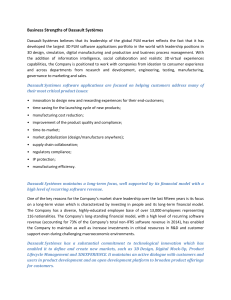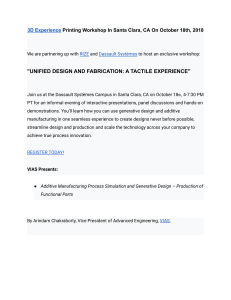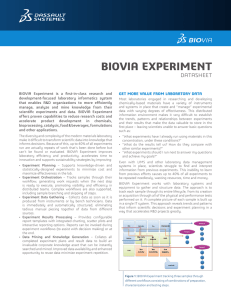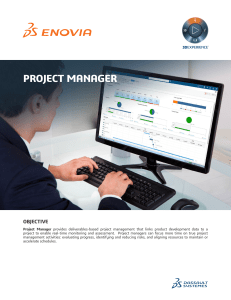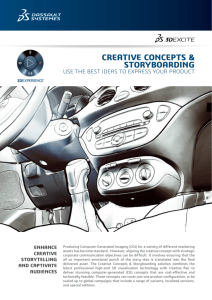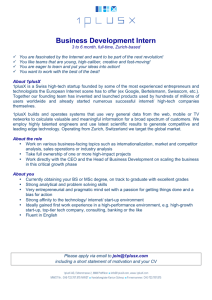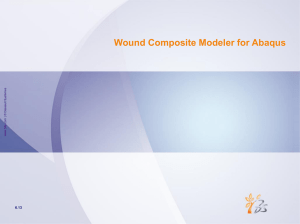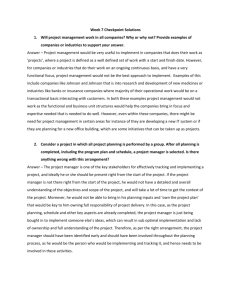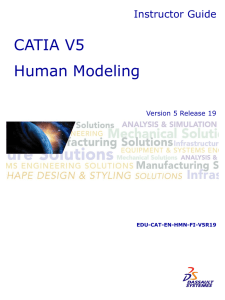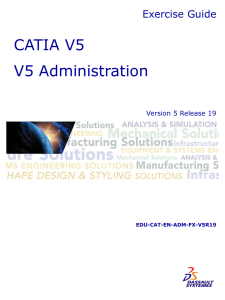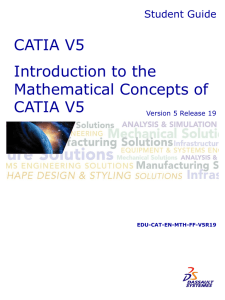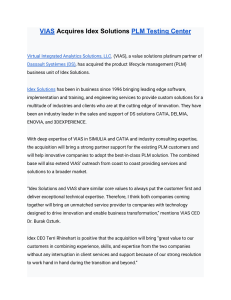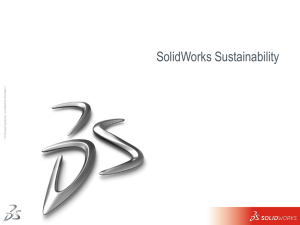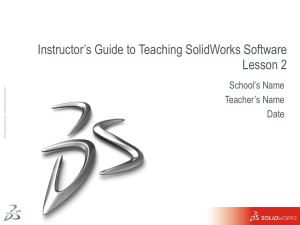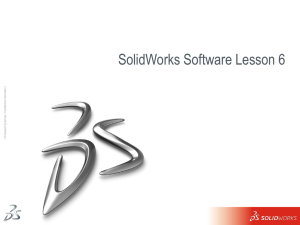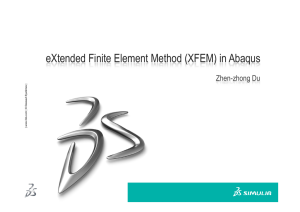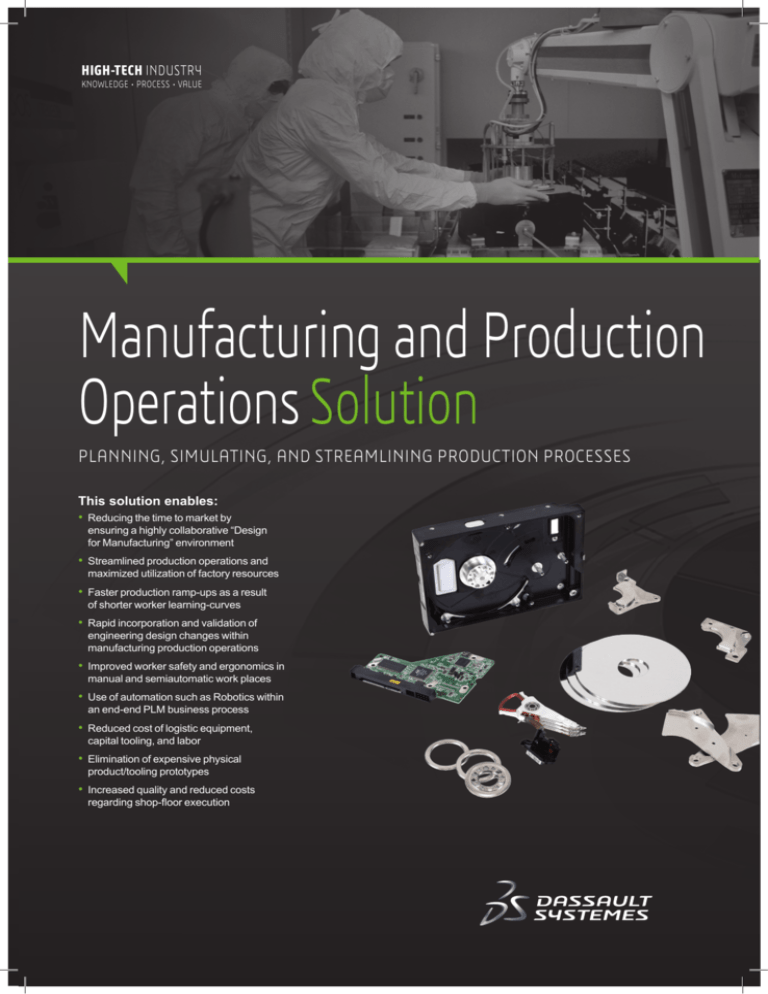
HIGH-TECH INDUSTRY
KNOWLEDGE • PROCESS • VALUE
Manufacturing and Production
Operations Solution
PLANNING, SIMULATING, AND STREAMLINING PRODUCTION PROCESSES
This solution enables:
• Reducing the time to market by
ensuring a highly collaborative “Design
for Manufacturing” environment
• Streamlined production operations and
maximized utilization of factory resources
• Faster production ramp-ups as a result
of shorter worker learning-curves
• Rapid incorporation and validation of
engineering design changes within
manufacturing production operations
• Improved worker safety and ergonomics in
manual and semiautomatic work places
• Use of automation such as Robotics within
an end-end PLM business process
• Reduced cost of logistic equipment,
capital tooling, and labor
• Elimination of expensive physical
product/tooling prototypes
• Increased quality and reduced costs
regarding shop-floor execution
HIGH-TECH INDUSTRY
KNOWLEDGE • PROCESS • VALUE
COST OVERRUNS AND SCHEDULE DELAYS
In an industry where many projects experience cost overruns
and schedule delays, good production planning is key to
staying in business. Production planning involves innumerable
elements that must be stringently coordinated and executed in
order to launch a project successfully on time and on budget.
Interconnected activities throughout manufacturing facilities
and the supply chain must be carefully planned to reach the
safest, fastest, and optimal sequence of production operations.
The Manufacturing and
Production Operations
solution includes:
• Manufacturing BOMs
• Manufacturing Change Management
• Production Planning and Scheduling
• Auto-generated 3D Manufacturing Work
Instructions, Documents and Simulations
Manufacturing and Production
Operations Solution Overview
Dassault Systèmes’s Manufacturing and Production Operations solution
enables High-Tech manufacturers and their suppliers to implement a
“Design for Manufacturing” approach. Within the highly collaborative
product development environment, design and manufacturing processes
are defined concurrently and optimized in ways that would best utilize
available resources so that costs and time to market can be reduced.
• In Process Product Modeling
• Production Machinery Design
and Layout Optimization
• Tool Asset Management
• Virtual Prototype Validation of Equipment
and Control Systems including Robotics
• Integration to Manufacturing
Execution and ERP
Evaluate multiple production systems
DELMIA Digital manufacturing processes involving planning, scheduling,
sequencing, program, Q/A (Quality Analysis) and production simulations
can be defined using this solution. By simulating resources such as
robots and humans as well as the entire production processes in a
digital or virtual mode, organizations can evaluate multiple production
systems and process design before investing in a single prototype.
Moreover, the Manufacturing and Production Operations solution enables
the implementation of a “Design Anywhere Build Anywhere” strategy,
in which a production plan can be revised easily to address changing
market conditions or shifted among several plants to optimize capacity.
Reduce the occurrence of manufacturing delays
Analyzing manufacturing processes in the virtual or digital mode
earlier in the product development cycle provides many opportunities
for manufacturing engineers or production planners to optimize the
processes and reduce the occurrence of manufacturing delays that
typically arise when the products are ready to be produced. Upon
the completion of manufacturing planning, detailed 3D-based work
instructions can be given to manufacturing or maintenance personnel
to shorten worker learning curves. In the case of robotic processes, the
workcell layout and associated programs can be defined and validated
in the virtual environment, and then downloaded to the physical
robotic systems. Such “Offline Robot Programming” can dramatically
shorten time to market since new robot programs can be defined and
debugged while production continues on the existing product variants,
and then quickly updated when production demand requires to do so.
www.3ds.com/high-tech
Tight integration between design
and manufacturing domains
Dassault Systèmes’ PLM technology provides a tight integration
between design and manufacturing domains, which enables
change impact to be analyzed thoroughly and changes to be rapidly
incorporated. Late-cycle changes due to manufacturing constraints
are minimized as manufacturing rules are embedded in the design
templates made available to the designers early on. High-Tech OEMs
and the Electronic Manufacturing Services (EMS) suppliers can
track late changes, identify parts that may be impacted by design
changes and study the impact of changes on production processes.
This gives product development stakeholders the information
they need to predict the cost of changes in dollars and time.
Automatic propagation of MCOs
Users find The Manufacturing and Production Operations solution’s
web-based user interface for managing Manufacturing Bill of Materials
(MBOMs) and Manufacturing Change Orders (MCOs) easy to use.
With each Engineering Change Order (ECO), the system automatically
propagates the MCOs for each affected plant and thereby reducing
errors associated with hand-offs. Functionalities to assess different
alternatives to production process and “built-around” are provided
also so that the revised plans can be conducted smoothly.
© Dassault Systèmes 2010, all rights reserved. CATIA, DELMIA, ENOVIA, SIMULIA, SolidWorks and 3DVIA are registered trademarks of Dassault Systèmes or its subsidiaries in the United States and/or other countries. Design by WIGWAM
• Manufacturing Simulation

